2017 Coffee Survey: the main survey data of coffee shops are made public.
The results of the National Cafe Survey of 2016-2017 Coffee Salon have been released. Whether you are a cafe owner, a barista or a coffee lover, if you want to understand the current situation and future development trend of the coffee industry, don't miss the statistical results. Interesting questions and data may give you a new assessment and business philosophy of the coffee industry.
The national coffee shop main survey from 2016 to 2017 was carried out smoothly. In order to make the survey more convincing and objective, a total of 1022 questionnaires were collected from all over the country. After statistics and analysis, the data are as follows:
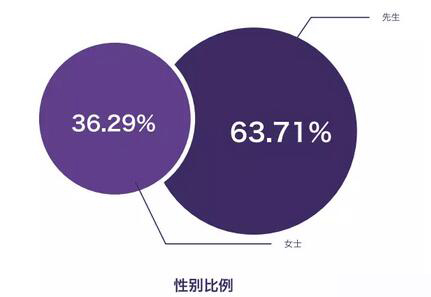
Of the 1022 coffee shop owners surveyed, men accounted for 63.71%, while women accounted for 36.29%.
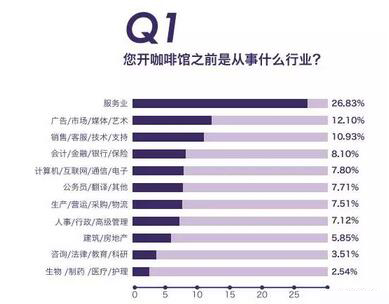
As one of the catering service places, cafes once engaged in the service industry accounted for more than 1/4, as high as 26.83%. People with experience in the service industry are more likely to run cafes than other industries.
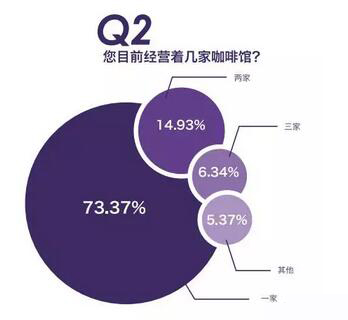
Owners of one cafe account for the majority, accounting for 73.37%. It is also worth noting that more than 1/4 of the owners have run more than two cafes at the same time. With the increasing popularity of coffee and the increase in the number of coffee consumers, coffee shop owners are gradually beginning to take care of multiple cafes.
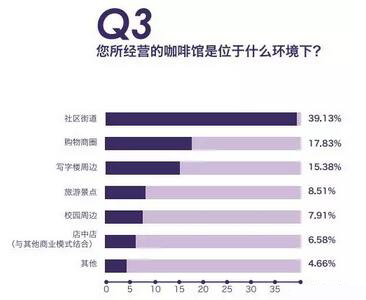
The survey shows that 39.13% of the cafes are located in community streets, which has the advantage of cheaper rental costs and a more quiet environment compared with business circles and office buildings. the fact that most librarians choose this low-end shows that it has its own advantages over prosperous places such as business circles and office buildings.
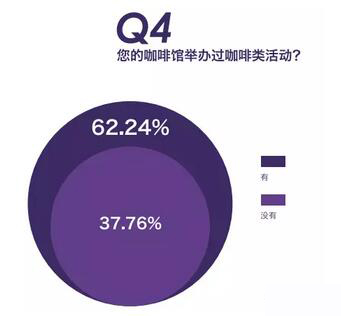
More than 60% of the cafes have held coffee-like activities, accounting for 62.24%, but 37.76% of the cafes have not held such activities, which may be restricted by the size of the coffee shop or the audience.
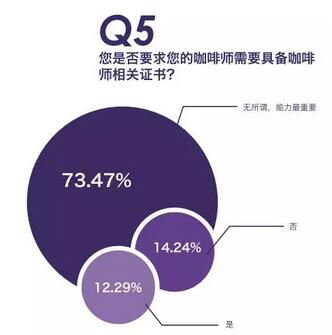
Only 12.29% of the owners have relevant certificate requirements for baristas, while 73.46% and 14.24% of caf é owners do not require baristas to have certificates or only focus on their abilities. It shows that the ability of baristas is the main criterion for most librarians to judge, but it is relatively unimportant to have relevant certificates.
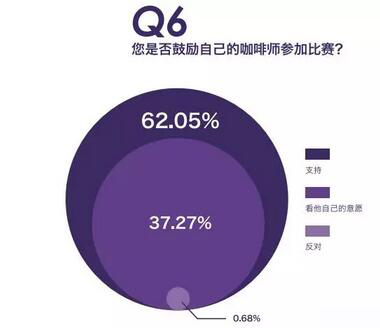
With regard to the participation of their own baristas, only 0.68% of the owners are opposed to the participation of baristas, which shows that most owners support or do not interfere in this aspect, so that their own baristas have a broader space for development and prospects.
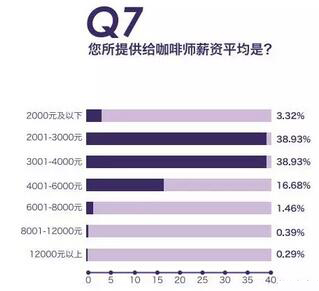
Baristas' monthly income is mostly concentrated in the range of 2001-3000 yuan, 3001-4000 yuan, accounting for 38.93%, but there are 0.39% and 0.29% of baristas whose monthly income is as high as 8001-12000 yuan or more than 12000 yuan.
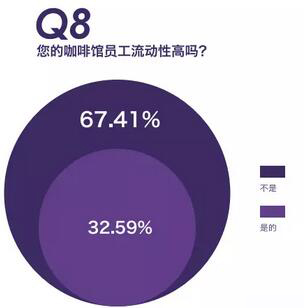
In the cafes surveyed, 67.41% of the employees were stable, but 32.59% of the cafes had higher staff mobility, which was higher than that of other industries.
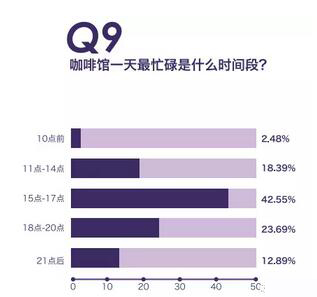
The largest flow of people in cafes is concentrated at 15:00-17:00, that is, afternoon tea time, accounting for 42.55%, followed by 18:00-21:00 and 11:00-14:00, accounting for 23.69% and 18.39%, respectively. Coffee shop owners can adjust the opening time according to the flow of people to achieve the purpose of saving costs and increasing profits.
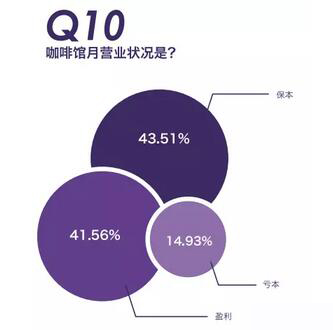
Among the cafes surveyed, 41.56% of the cafes are profitable, 14.93% are losing money, and the coffee market needs to be further expanded.
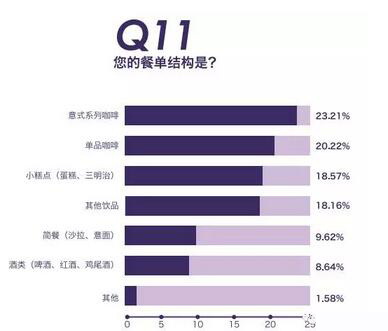
The menu structure in the cafe is still dominated by coffee, of which Italian series coffee accounts for 23.21%, single coffee accounts for 20.22%, and the third is small cakes (cakes, sandwiches) that account for 18.57%.
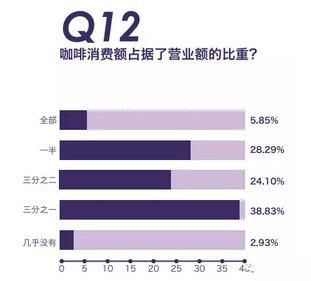
Coffee consumption accounts for more than 1/3 of the turnover of coffee cafes accounted for 97.07%, accounting for more than half of 58.24%, coffee has gradually become the main source of income of cafes, coffee no longer rely on light meals or other drinks, coffee is becoming more and more popular, and more and more popular.
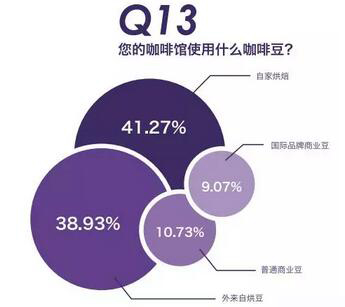
The selection of coffee beans is basically concentrated in the coffee roasting studio, with self-roasting and external baking accounting for 41.27% and 38.93% respectively, while ordinary commercial beans and international brand commercial beans account for 10.73% and 9.07%, respectively.
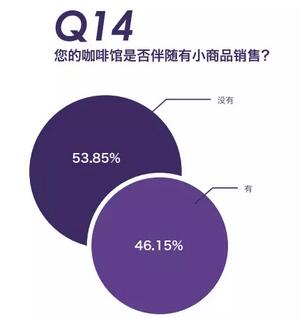
46.15% of the cafes are accompanied by the sale of small goods.
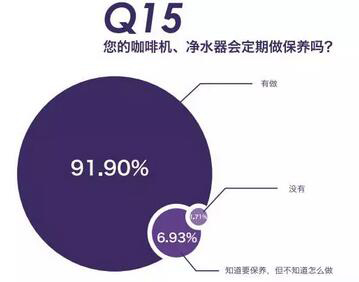
In the survey, 91.90% of the cafes will maintain and maintain the equipment, 6.93% of the cafes also have the awareness of equipment maintenance, the food safety of the cafes is guaranteed, and 1.17% of the cafes do not have this concept or do not implement it.
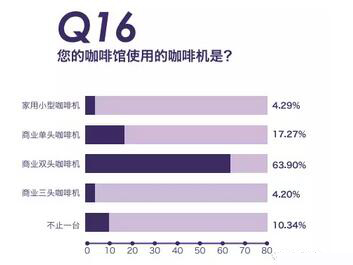
63.90% of cafes use commercial double-headed coffee machines, accounting for the largest proportion. This kind of coffee machines have a relatively high performance-to-price ratio and are the choice of most cafes.
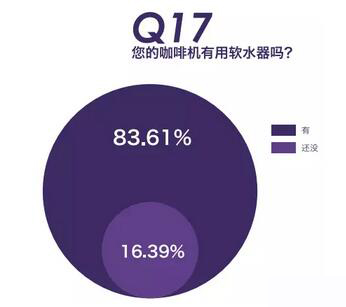
The survey shows that 83.61% of the cafes use water softeners, which will reduce the hardness of the water quality, which is more conducive to the production of coffee and the maintenance and maintenance of coffee equipment.
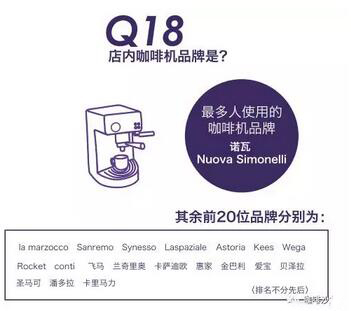
The brand of coffee machine used by most cafes is Nova Nuova Simonelli.
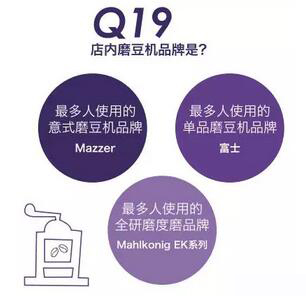
Most coffee shops use bean grinder: Italian bean mill brand is Mazzer; single product bean mill brand is Fuji; full grinding mill brand is Mahlkonig EK series.
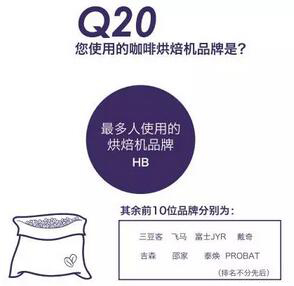
The brand of roaster used by most cafes is HB.
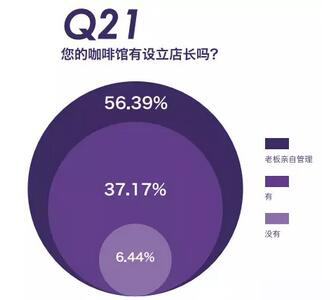
56.39% of the cafes are managed by the cafe owners themselves, and 37.17% of the cafes have managers, who are not common.
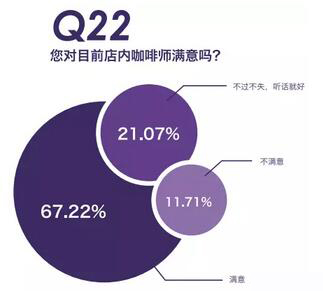
Baristas have a high degree of completion of their work, of which 67.22% of cafe owners are satisfied with baristas, while 21.07% are satisfied with baristas, accounting for 88.29%.
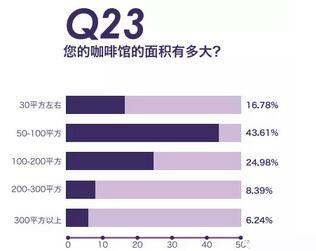
In this survey, there are a large number of medium-sized and small cafes, with 43.61% concentrated in the range of 50-100 square meters, accounting for the largest proportion, followed by 100-200 square meters of medium-sized cafes.
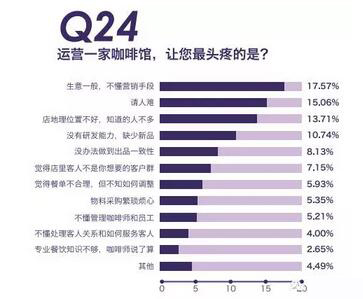
The business troubles of many cafe owners are mainly concentrated in the following three aspects: "average business, do not understand marketing means", "difficult to hire people" and "shop location is not good, not many people know" accounted for 17.57%, 15.06% and 13.71% respectively.
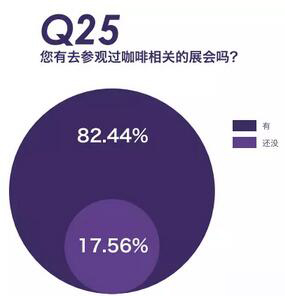
82.44% of the coffee shop owners have the habit of visiting the exhibition, and most of them will pay attention to the latest news of the coffee industry, which will be more helpful to the operation of the coffee shop.
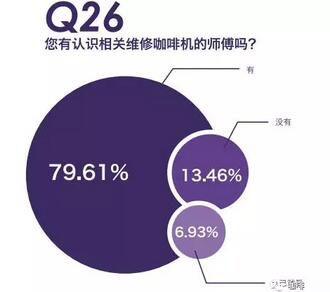
79.61% of the coffee shop owners can contact the coffee equipment maintenance personnel, and another 6.93% of the owners can repair the coffee machine themselves, which is very beneficial to the maintenance and maintenance of the coffee shop equipment.
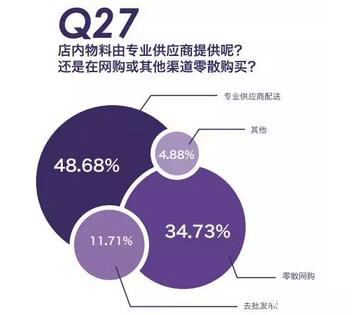
Nearly half of the cafes already have professional suppliers to deliver materials, accounting for 48.68%. It is worth noting that with the increasing popularity of online shopping, 34.73% of cafes use online shopping to purchase materials.
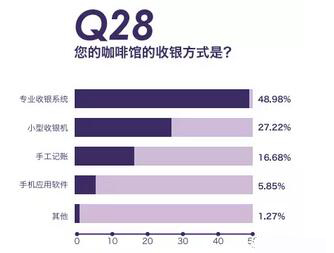
Professional cashier system is the choice of most cafes, accounting for 48.98%, while 27.22% and 16.68% of cafes choose small cash registers and manual bookkeeping to reduce costs. In addition, 5.85% of cafes use mobile apps for bookkeeping, which is low-cost and space-saving.
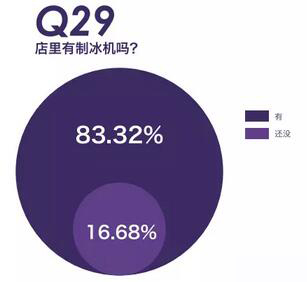
83.32% of the cafes are already equipped with ice-making equipment to better meet the demand for iced coffee, which is becoming more and more popular with consumers.
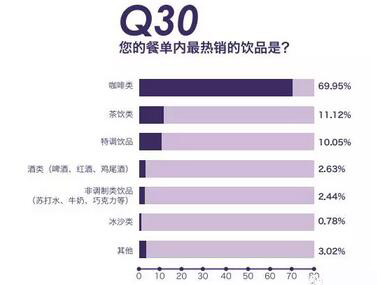
69.95% of the most popular drinks in cafes are coffee, far ahead of other types of drinks, indicating that more and more consumers come to cafes for coffee drinks, and the popularity of coffee drinks is gradually increasing. Tea drinks and special drinks accounted for 11.12% and 10.05%, ranking second and third among the best-selling drinks.
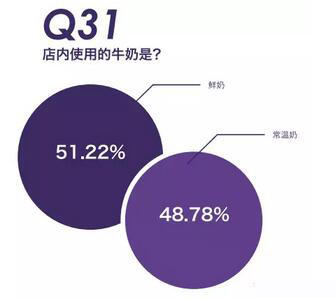
51.22% of the cafes used fresh milk, while the remaining 48.78% used normal temperature milk.
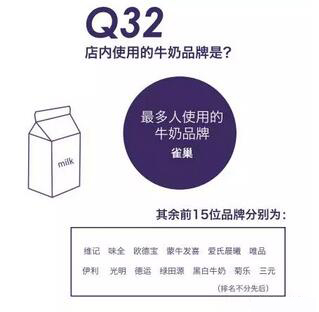
The milk brand used by most cafes is Nestl é.
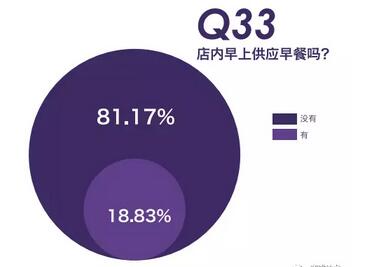
The survey shows that 18.83% of the cafes serve breakfast in the morning, which means that these cafes have been open since the morning, and their business model is more life-like.
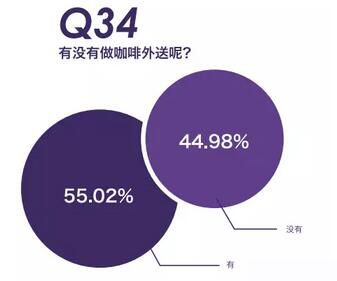
More than 50% of the cafes have coffee delivery service, reaching 55.02%.
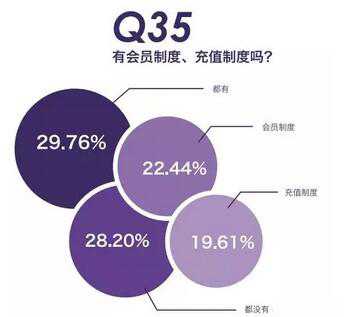
Most cafes have membership system or recharge system, accounting for 71.80%, of which 29.76% implement both systems; 22.44% implement membership system; and 19.61% implement recharge system.
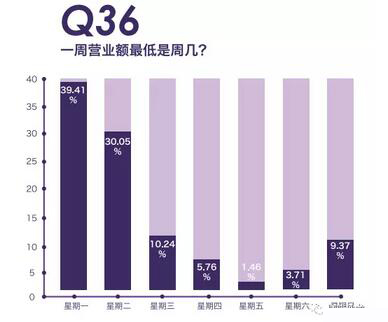
The overall performance of the business condition is that the turnover of the cafe is the lowest on Monday and Tuesday, accounting for 39.41% and 30.05% respectively, while the business condition of the cafe on Friday is generally better, with the lowest turnover rate of 1.46%, followed by Saturday. Only 3.71% of cafes have the lowest turnover on this day.
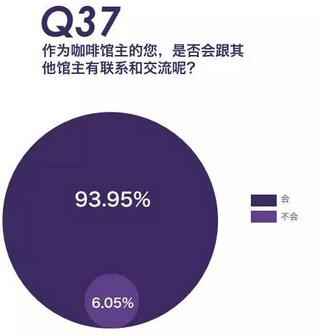
Most coffee shop owners have the habit of communicating with other owners, and 93.95% of coffee shop owners exchange business experiences and experiences with other owners.
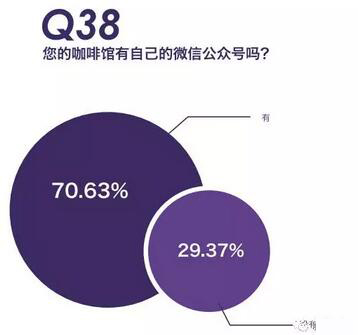
70.63% of the cafes operate their own Wechat official account, which also takes into account the online spread of coffee culture.
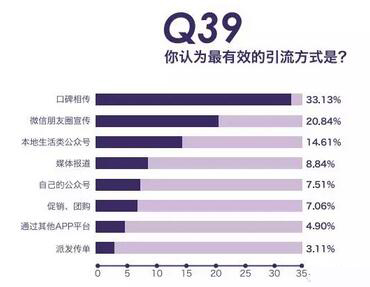
33.13% of coffee shop owners think that the most effective way of drainage is word of mouth, the so-called wine is not afraid of deep alleys, cafes with good reputation will also be relatively popular. In addition, moments and local life official accounts are also considered by library owners to be the two major drainage methods, accounting for 20.84% and 14.61% respectively.
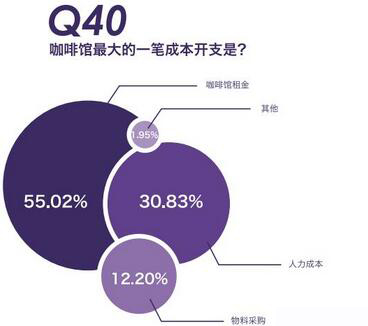
55.02% of the coffee shop owners chose the coffee shop rent as the biggest cost, while the manpower cost was the second, with 30.83% of the cafes spending the most in terms of labor costs.
Important Notice :
前街咖啡 FrontStreet Coffee has moved to new addredd:
FrontStreet Coffee Address: 315,Donghua East Road,GuangZhou
Tel:020 38364473
- Prev
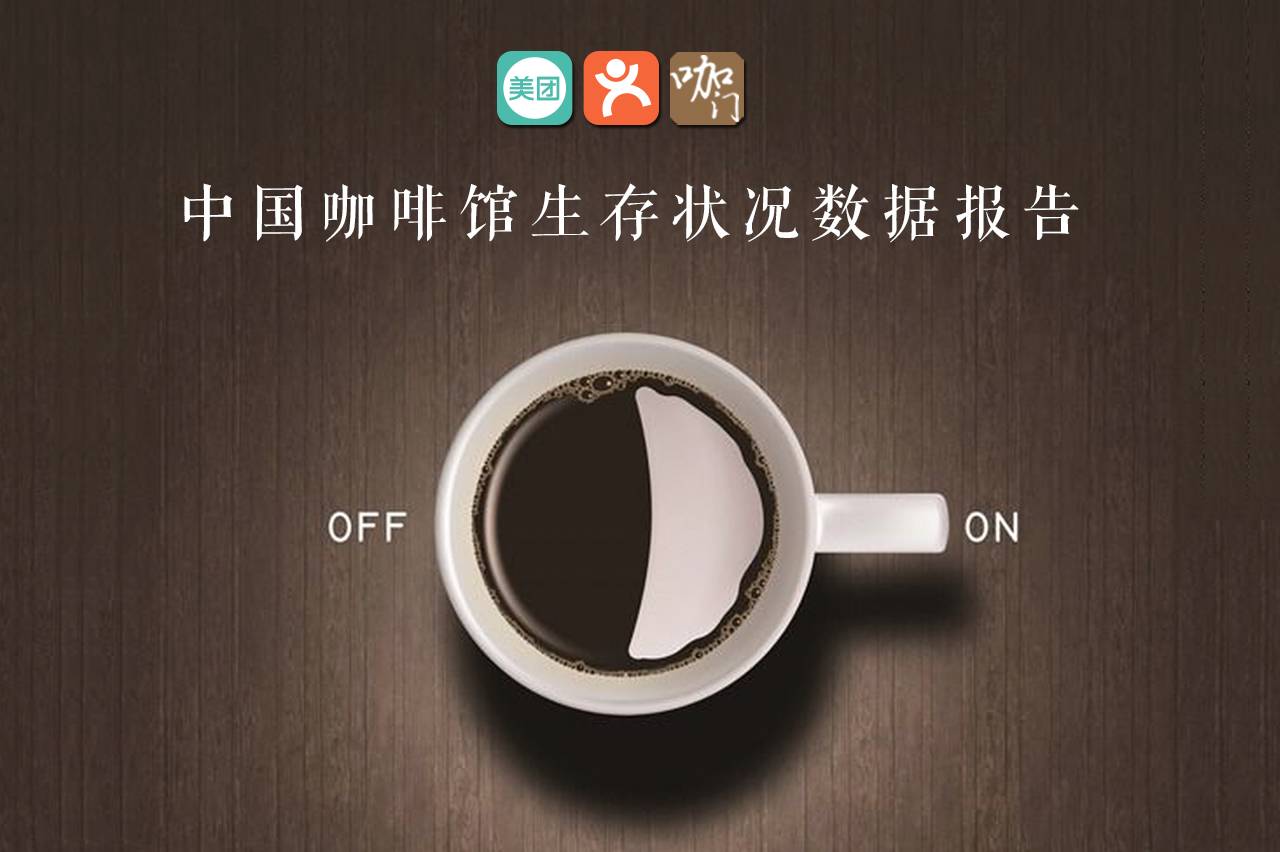
Big data | how many cafes are there in China? What is their living condition?
It's all too fast. Today, "Ka Men" and "Meituan Dianping Research Institute" launched the first issue of beverage industry data report. The number of cafes in China exceeded 100000 in 2016, according to the report. This is the worst time for coffee, this is the best time for coffee. In the era of experiential consumption, today, when the customer group is getting younger and iterative, there has never been a new category.
- Next
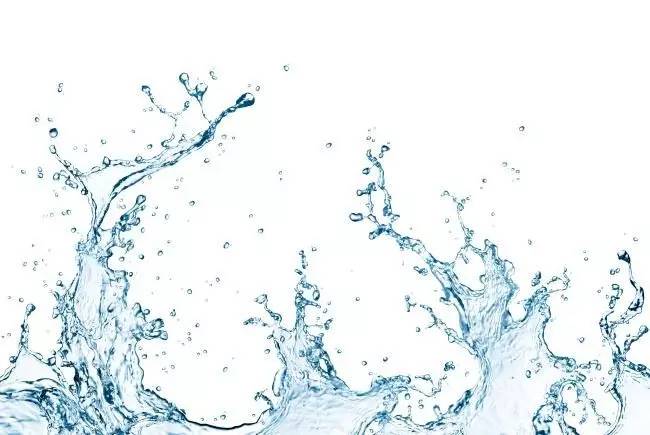
What kind of water tastes best for coffee? The answer is here.
Water is an important element in the extraction of coffee. More than 98% of a cup of brewed coffee (except espresso) is water, which accounts for a considerable proportion. There are many kinds of water we use to make coffee, such as RO water, tap water, mineral water, hard water and soft water. Wait, wait. Isn't water?
Related
- What brand of black coffee is the most authentic and delicious? what are the characteristics of the flavor of the authentic Rose Summer Black Coffee?
- Introduction to the principle and characteristics of the correct use of mocha pot A detailed course of mocha pot brewing coffee is described in five steps.
- Which is better, decaf or regular coffee? how is decaf made?
- How much is a bag of four cat coffee?
- How about four Cat Coffee or Nestle Coffee? why is it a cheap scam?
- Which is better, Yunnan four Cats Coffee or Nestle Coffee? How about cat coffee? is it a fake scam? why is it so cheap?
- How about Cat Coffee? what grade is a hoax? which instant coffee tastes better, four Cat Coffee, Nestle Coffee or G7 coffee?
- Process flow chart of coffee making-Starbucks coffee making process what coffee tastes good at Starbucks
- The top ten best coffee beans in the world Rose summer coffee or Tanzanian coffee tastes good
- Yunnan four cat coffee is good to drink?_four cat coffee is a big brand? four cat blue mountain coffee is fake?

